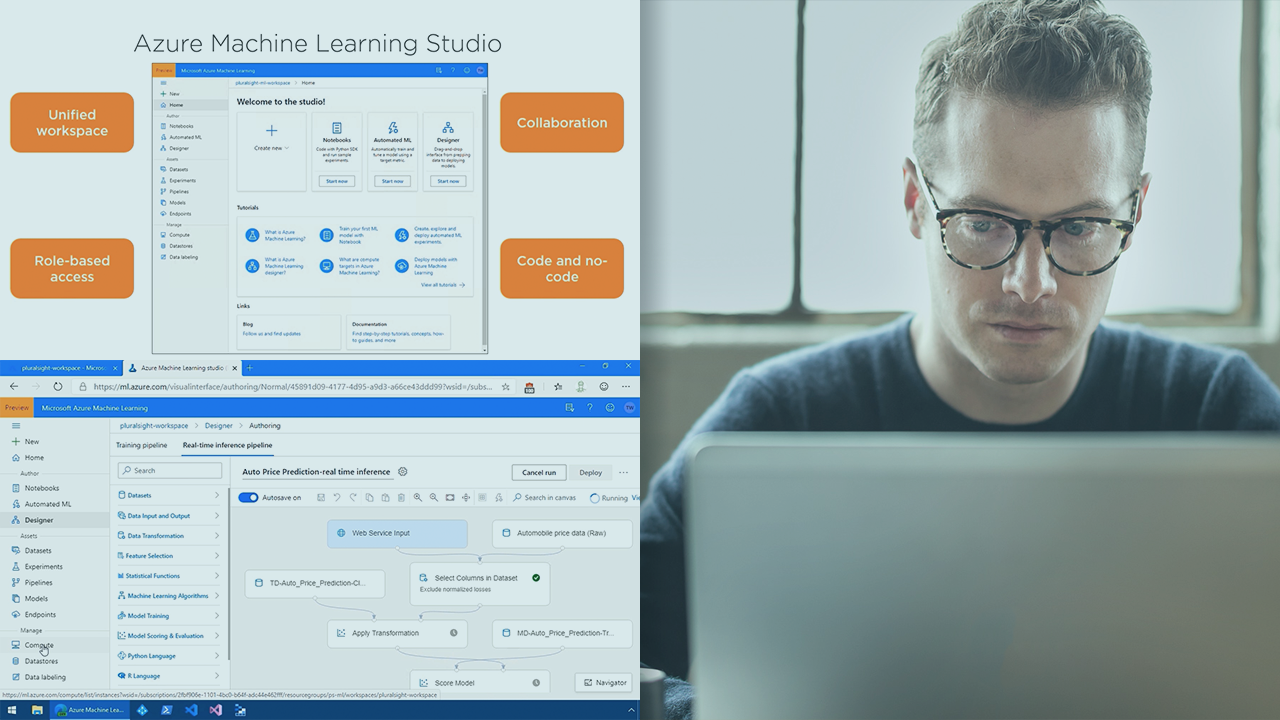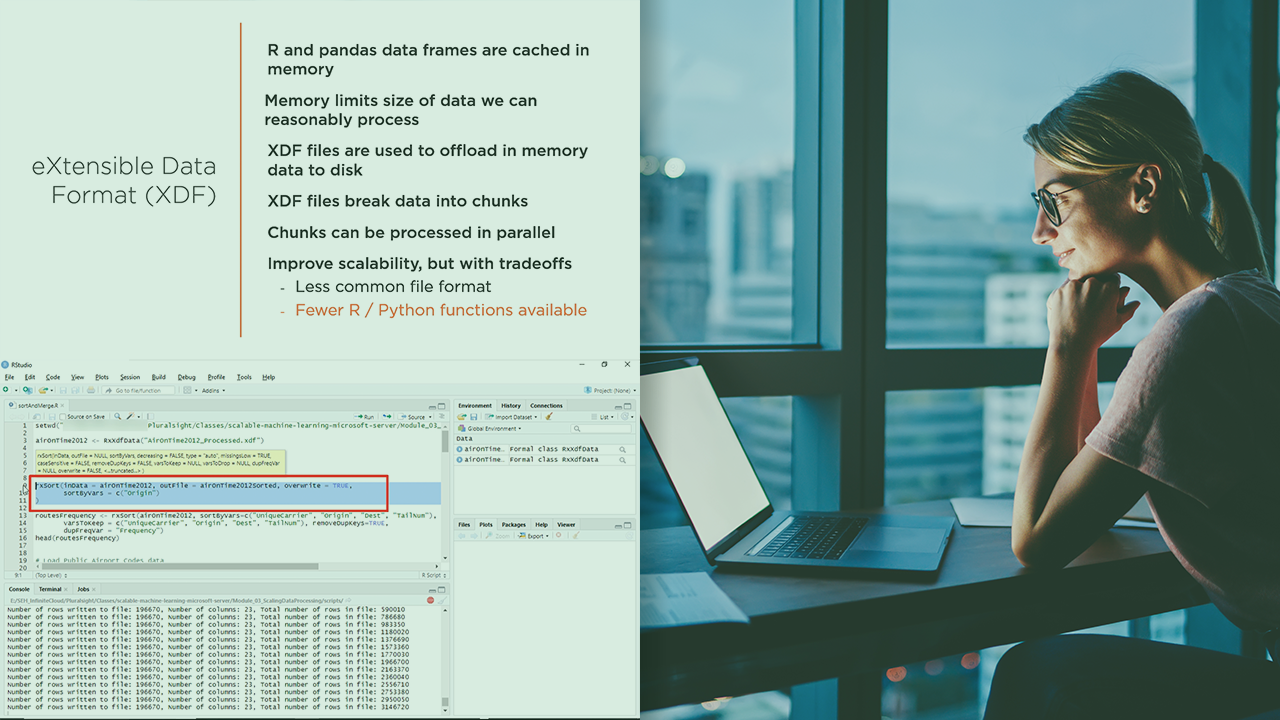Description
In this course, you are first going to discuss the K-Nearest Neighbor algorithm. It’s extremely simple and intuitive, and it’s a great first classification algorithm to learn. After we discuss the concepts and implement it in code, we’ll look at some ways in which KNN can fail. It’s important to know both the advantages and disadvantages of each algorithm we look at.
Next you’ll look at the Naive Bayes Classifier and the General Bayes Classifier. This is a very interesting algorithm to look at because it is grounded in probability. It’ll see how we can transform the Bayes Classifier into a linear and quadratic classifier to speed up our calculations.
Next you’ll look at the famous Decision Tree algorithm. This is the most complex of the algorithms we’ll study, and most courses you’ll look at won’t implement them. We will, since I believe implementation is good practice.
The last algorithm we’ll look at is the Perceptron algorithm. Perceptrons are the ancestor of neural networks and deep learning, so they are important to study in the context of machine learning.
One you’ve studied these algorithms, you’ll move to more practical machine learning topics. Hyperparameters, cross-validation, feature extraction, feature selection, and multiclass classification. You’ll do a comparison with deep learning so you understand the pros and cons of each approach.
We’ll discuss the Sci-Kit Learn library, because even though implementing your own algorithms is fun and educational, you should use optimized and well-tested code in your actual work.
We’ll cap things off with a very practical, real-world example by writing a web service that runs a machine learning model and makes predictions. This is something that real companies do and make money from.









